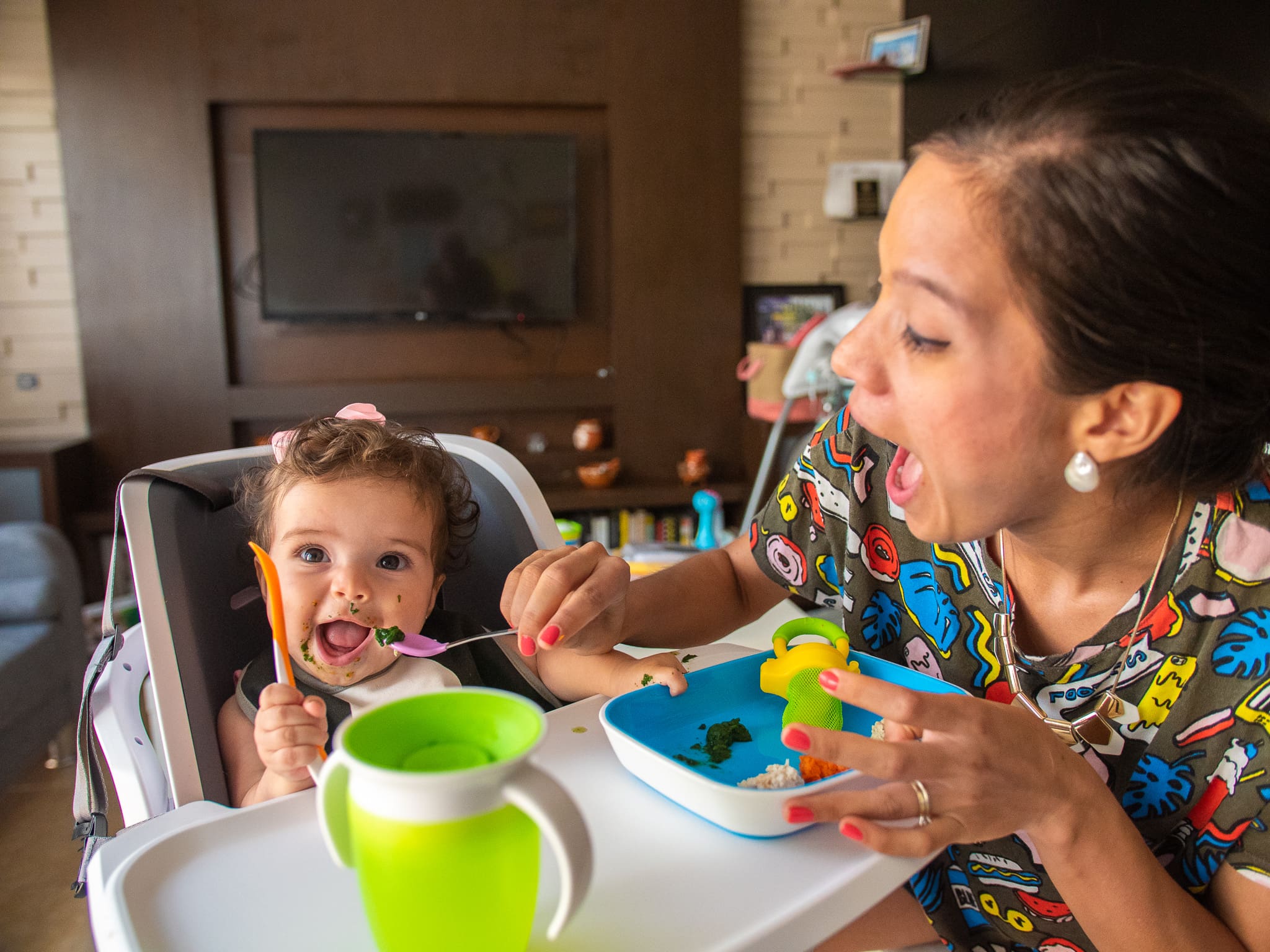 Baby life is so fun! You get to experience everything for the first time and for a foodie like me, my baby’s introduction to solids has been an exciting and eye-opening experience. Our baby girl, Isabelita, has been eating solids for half of her life – she started the day she turned 6 months- and she has grown to be a healthy, happy baby! For this important stage in her life we have received counseling from a team of pediatric nutritionists, my sister who is a Masters in Nutrition, my Mom (who has raised 4 healthy kids) and a support network of +130 moms who lead the style of introduction to baby solids I chose for Isa and who daily like sharing their experiences in our group chat, along with lots of tips! Our introduction to solids experience was probably different from yours, your mom’s and from a lot of other moms out there. I believe we can all learn so much from different experiences so I’d love to share how we did it.
Baby life is so fun! You get to experience everything for the first time and for a foodie like me, my baby’s introduction to solids has been an exciting and eye-opening experience. Our baby girl, Isabelita, has been eating solids for half of her life – she started the day she turned 6 months- and she has grown to be a healthy, happy baby! For this important stage in her life we have received counseling from a team of pediatric nutritionists, my sister who is a Masters in Nutrition, my Mom (who has raised 4 healthy kids) and a support network of +130 moms who lead the style of introduction to baby solids I chose for Isa and who daily like sharing their experiences in our group chat, along with lots of tips! Our introduction to solids experience was probably different from yours, your mom’s and from a lot of other moms out there. I believe we can all learn so much from different experiences so I’d love to share how we did it.
Since we’ve gone through so much ever since our baby has started eating, this will be a series of 2 posts:
Shortly I will also have a post on must-have products for baby solids (ages 6-12 months) and tackling early baby solids while traveling (we did around 6-7 trips with Isa in those first 6 months!)
Let’s start!
Our “baby steps” into baby solids
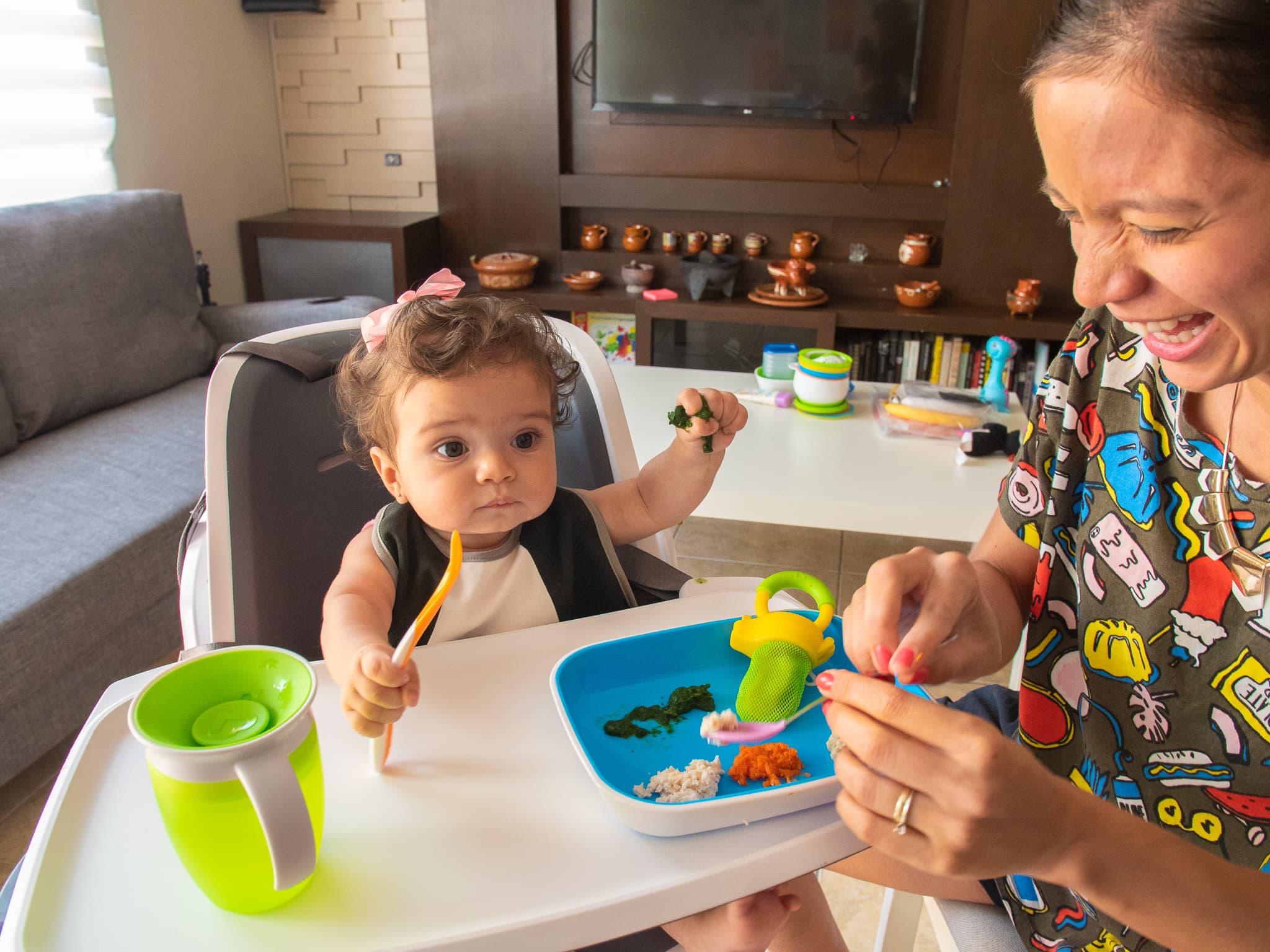 We decided to start at 6 months because of several factors: Isabelita had been very alert and curious about what we ate, she would grab things and started putting her in her mouth, she was already sitting up straight by herself. These milestones are important but you should always consult with your pediatrician if it’s time for your baby to start on solids. I know some of my friends’ doctors gave them the green light when their babies were 4 months old! 6 months is an average age. It’s recommended to start then since breastfed babies have finished their iron reserves by 6 months and breastmilk doesn’t cover all the calories the baby starts needing.
We decided to start at 6 months because of several factors: Isabelita had been very alert and curious about what we ate, she would grab things and started putting her in her mouth, she was already sitting up straight by herself. These milestones are important but you should always consult with your pediatrician if it’s time for your baby to start on solids. I know some of my friends’ doctors gave them the green light when their babies were 4 months old! 6 months is an average age. It’s recommended to start then since breastfed babies have finished their iron reserves by 6 months and breastmilk doesn’t cover all the calories the baby starts needing.
A friend had recommended a team of Mexican doctors that had many received lots of attention and good feedback. The day Isabel started eating solids we had a Skype session with them to go over everything we needed to know about the introduction to baby solids. We have had continued support from Dr. María Fernanda González ever since. She’s a certified Gastroenterology and Nutrition specialist and the introduction to solids method she teaches is carried by thousands of moms all over the world. What she calls the “BLISS Method” is a combination between baby-led weaning and feeding baby purées, along with some important considerations regarding baby’s meals. I liked the thoroughness with which she explained it to me, that the food plans she suggested included the most nutrition-packed combinations and the fact that all of her nutritional recommendations are backed by scientific studies (it’s not just a “new trend” like many out there!). You may find helpful tips on her Instagram as well as schedule an online/physical consultation (in English or español).
BLISS Method basics
Pretty much the BLISS method has these pillars:
- Every food should be introduced for at least 3 days, or a total of 8 continuous exposures, to discard any food allergies. Foods should be given individually, without combining them with others, at least for the first tastings.
- Medicine now suggests the introduction of allergen foods before the first year of age. This includes fish, eggs, peanuts, etc. and baby can start eating them once they are 6 months of age. Introducing these foods is proven to reduce future allergies.
- Babies should eat of 5 different nutritional groups each meal to receive a balanced diet. These five groups are
- Fruits: apples, strawberries, bananas, etc.
- Veggies: carrots, spinach, green peas (it’s suggested to start with green leafy veggies which carry the most iron)
- Protein (animal/vegetable): chicken, beef, egg, fish, lentils, beans, etc.
- Fats: avocado, creamy unsalted peanut butter, other nuts (almond, cashew, etc.) butter, olive oil, etc.
- Cereals: rice cereal, oatmeal, potato, sweet potato, etc.
- NO salt, NO added sugar! Babies don’t need salt or added sugars in their food, they are discovering flavor for the first time and it’s best for them to taste each food in their purest form. Our doctor also has a post explaining why this is bad before 2 years of age.
- Allow your baby to touch the food, feel the different textures and even play with it. This sensorial exposure helps them understand and discover food in a better way, by connecting all the different information learned by sight, touch, and smell, with the food they are eating.
- You can later teach them how to eat properly and without getting too messy, but before they are 12 months of age, playing is how they learn so don’t be alarmed when they get food all over!
- The BLISS method combines both offering solid pieces of food with feeding baby purées. This way you can make sure they get their correct intake of nutrients and your baby is also stimulated with different textures of food.
- Water is very important. You can start with 2 oz of water every time they sit down to eat. This is important to keep them hydrated as their liquid nutrition decreases and it also helps with their digestion and constipation.
- Breastfeeding or formula should still be offered alongside their meals. Though as babies increase their solid intake, their liquid nutrition decreases.
- Set an example: It is important that the baby sees you eating and whenever possible, so if possible, sit down at the table to eat whenever they eat. That way she starts getting into the habit of setting that time for eating only, not playtime.
- Things that improve acceptance of baby solids: good posture, introducing the spoon straight (as shown in picture below, not inclined), alternating between pieces and purées, sitting baby to eat without any nearby distractions (toys or screens).
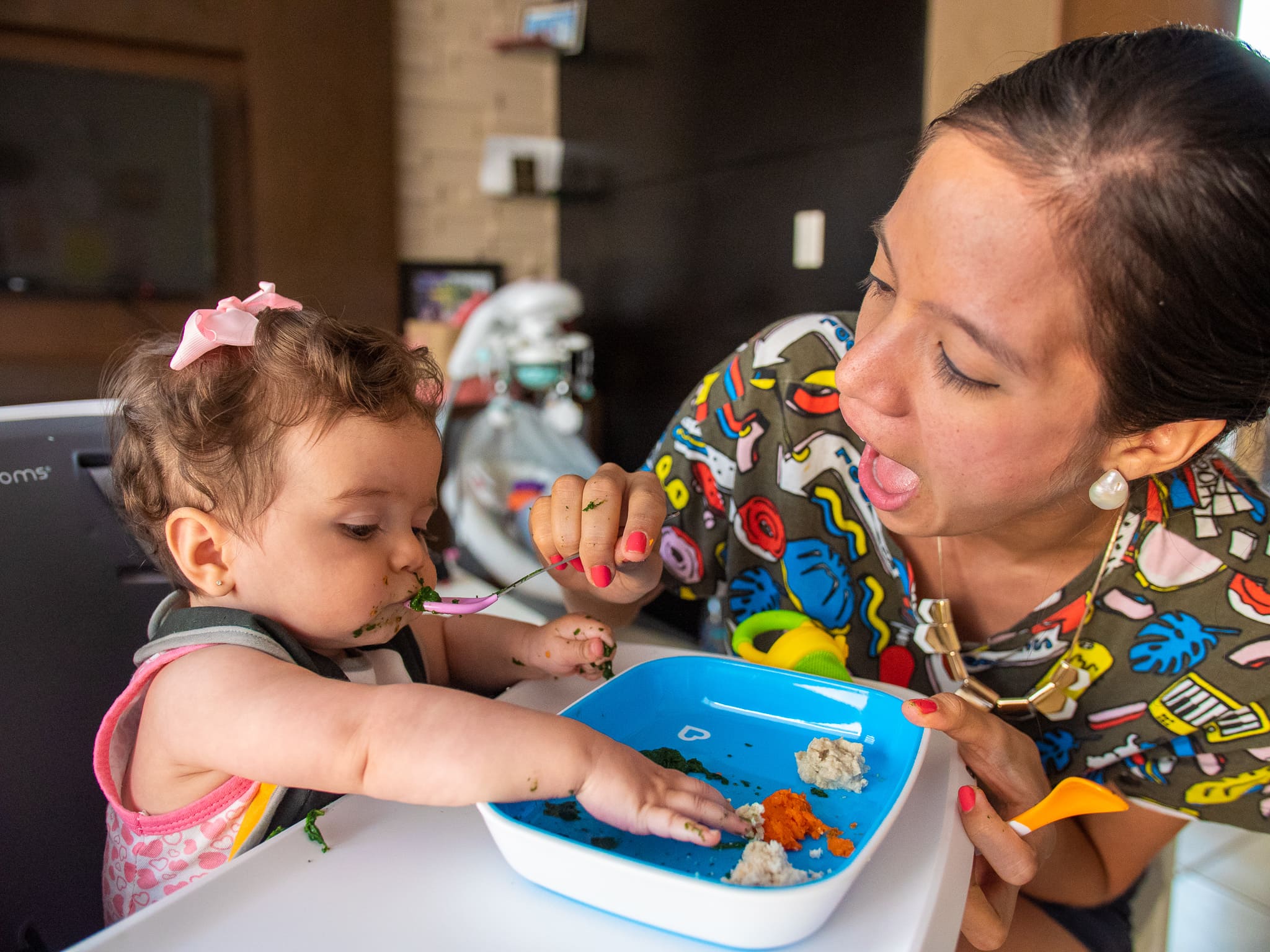 With Isa, we decided to follow this “BLISS” method as well as tips from my mom and my sister. I’ve never been an extremist so I liked grabbing advice from different trustworthy sources and following my mommy instinct. We didn’t commit to some of the things of the method at first, like feeding her 5 food groups on all three meals. We did for two of her meals but breakfast only had 2-3 food groups then, now it has 4-5. I also hesitated in giving her some foods in pieces at first, since I wanted to feel prepared and be safe and ready for any accidents like choking. Speaking of which…
With Isa, we decided to follow this “BLISS” method as well as tips from my mom and my sister. I’ve never been an extremist so I liked grabbing advice from different trustworthy sources and following my mommy instinct. We didn’t commit to some of the things of the method at first, like feeding her 5 food groups on all three meals. We did for two of her meals but breakfast only had 2-3 food groups then, now it has 4-5. I also hesitated in giving her some foods in pieces at first, since I wanted to feel prepared and be safe and ready for any accidents like choking. Speaking of which…
Choking risks with baby solids?
Feeding pieces of solid food to an infant can be very scary but, unlike popular belief, babies don’t really choke that easily. Babies have a natural “gag reflex”, in which they make a face that looks like they are going to vomit but don’t, and it’s just the way they learn how to chew and pass solids safely. This gag reflex gets better with practice and that’s why it’s safe to let them chew on certain pieces of steamed apples and veggies and soft fruit like bananas. These should all be sliced in big pieces (usually the size of their fists). Still, I decided to first learn some first aid techniques before letting her grab food. Purées were also my go-to method when eating out, since it’s usually a cleaner way of feeding. There are also several products out there that help them eat smaller fruits or small pieces of steamed veggies by themselves, like this Fresh Food Feeder from Munchkin (more on products I love for baby feeding soon!).
Baby solids and textures
The texture and consistencies of the things you feed your baby also evolve as your baby grows (and as they start getting more teeth!). This is what the doctor suggested:
- 6-7 months: soft, liquid purées
- 7-8 months: chunkier purées, some shredded pieces of food, small whole grains such as rice and quinoa, etc.
- 9-10 months: shredded and finely chopped pieces of food, whole grain pasta, etc.
- 10-12 months: big pieces of food, strips of chicken and bread, etc.
Once Isa was almost 10 months old, she actually preferred eating and grabbing pieces of food by herself and wouldn’t accept purées. I had to adapt the way I was feeding her for her to finish her meals, but once I did she ate very well. Babies set their own pace so don’t worry if yours takes a longer time to go from one stage to the next!
FINAL USEFUL TIPS FOR BABY SOLIDS
Meal prep
Even if you are a stay-at-home mom, trying to cook every single meal for baby on the spot can become a burden. That’s why I’d recommend to cook some of her food ahead of time and properly store them in the freezer or air-tight containers. The one food group that doesn’t store for too long are fruits, since their nutritional value starts decreasing the minute you take a bite out of them. Fruits should only be stored in the fridge for 24 hours.
Constipation
Something that was very important at the beginning was finding foods that helped baby relieve constipation. Isa had a rough time the first couple of weeks since her body was adjusting from an only-breastmilk diet to solids, and things like carrots and beans made her more constipated. To alleviate constipation we fed her prune purée (much better than the juice, works faster because it contains most of the fiber) and pear purée. I also offered her more water throughout the day because it helps a lot as well. She still had a rough couple of weeks adjusting to this new way of digesting and, to my dismay, we had to use glycerin suppositories a couple of times when she was crying whenever she tried to poop. These suppositories would be the last thing I’d recommend, so try with prunes and pears and increasing water intake for a couple of days first and be patient.
Picky eating
Luckily, Isabelita is very welcoming of food (can’t deny her genes!) and we’ve only encountered a couple of times in which she didn’t like the new food I was introducing her. To encourage her to finish eating these items, I would try one or all of these tricks:
- Spacing meals: make sure the baby hasn’t drunk any milk or eaten anything else for at least an hour or hour-and-a-half. I tried to space Isabel’s meals at least 2 hours apart.
- Changing textures: it’s crazy but babies do have preference over certain textures and maybe one week they really like to hold that piece of pear and another they just prefer pear compote! Alternate as needed!
- Make it even more fun: Making funny faces and mimicking eating food (if I’m not eating at the same time she is)
- Perseverance and patience: know that a baby needs at least 8 exposures to acquire the taste for a certain food and that some days baby will certainly refuse to eat whatever she/he loved the day before! They are learning, be patient!
- Alternating food: Feeding her a spoon of one thing she liked and then one of another thing she didn’t like that much.
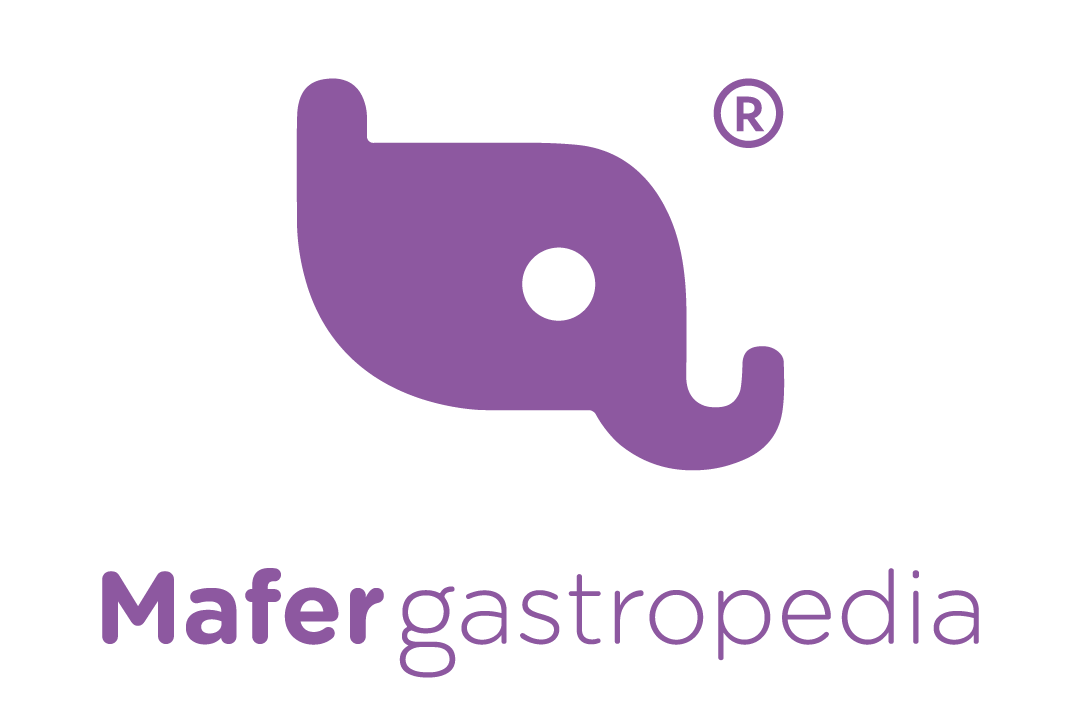
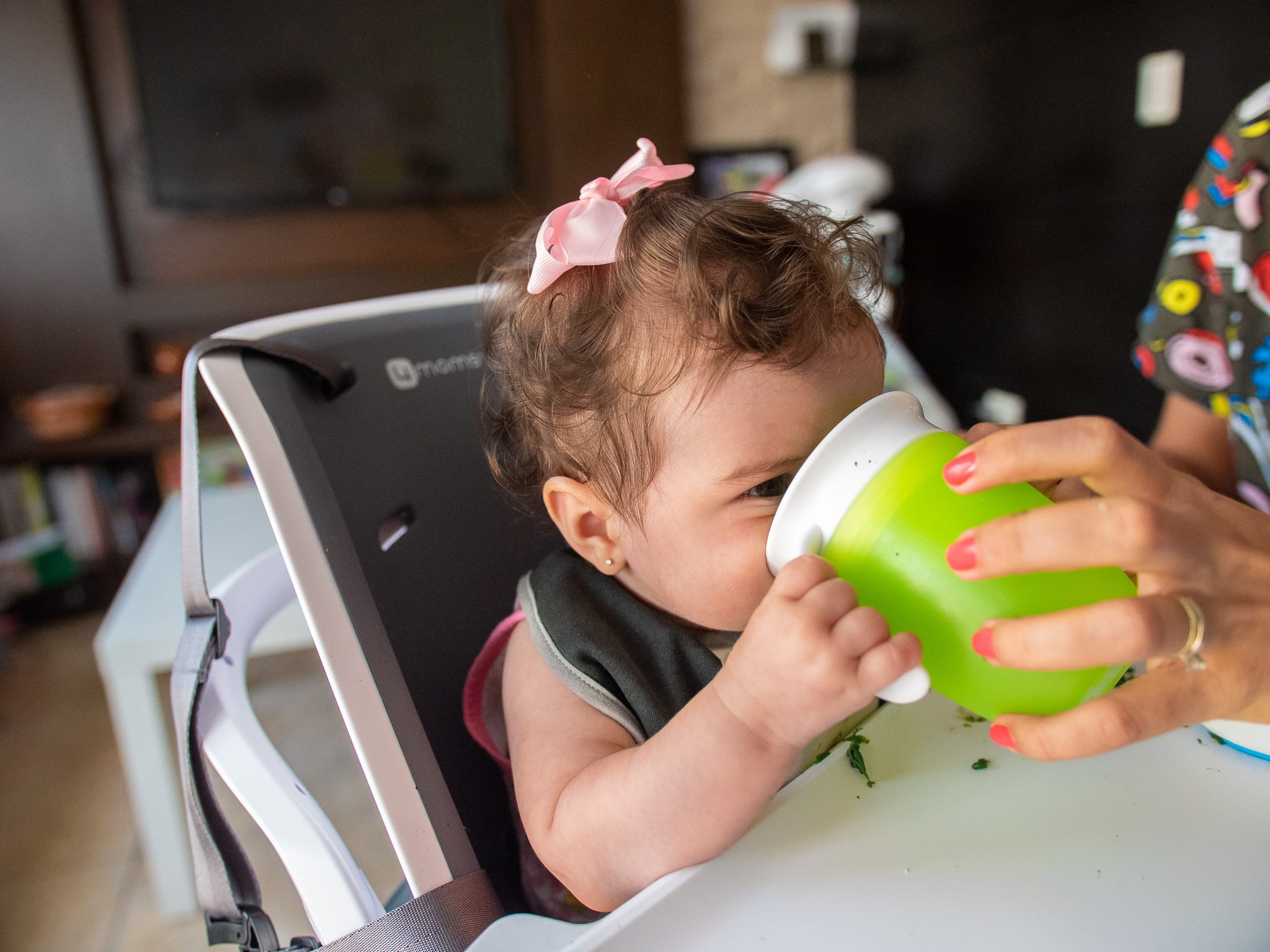
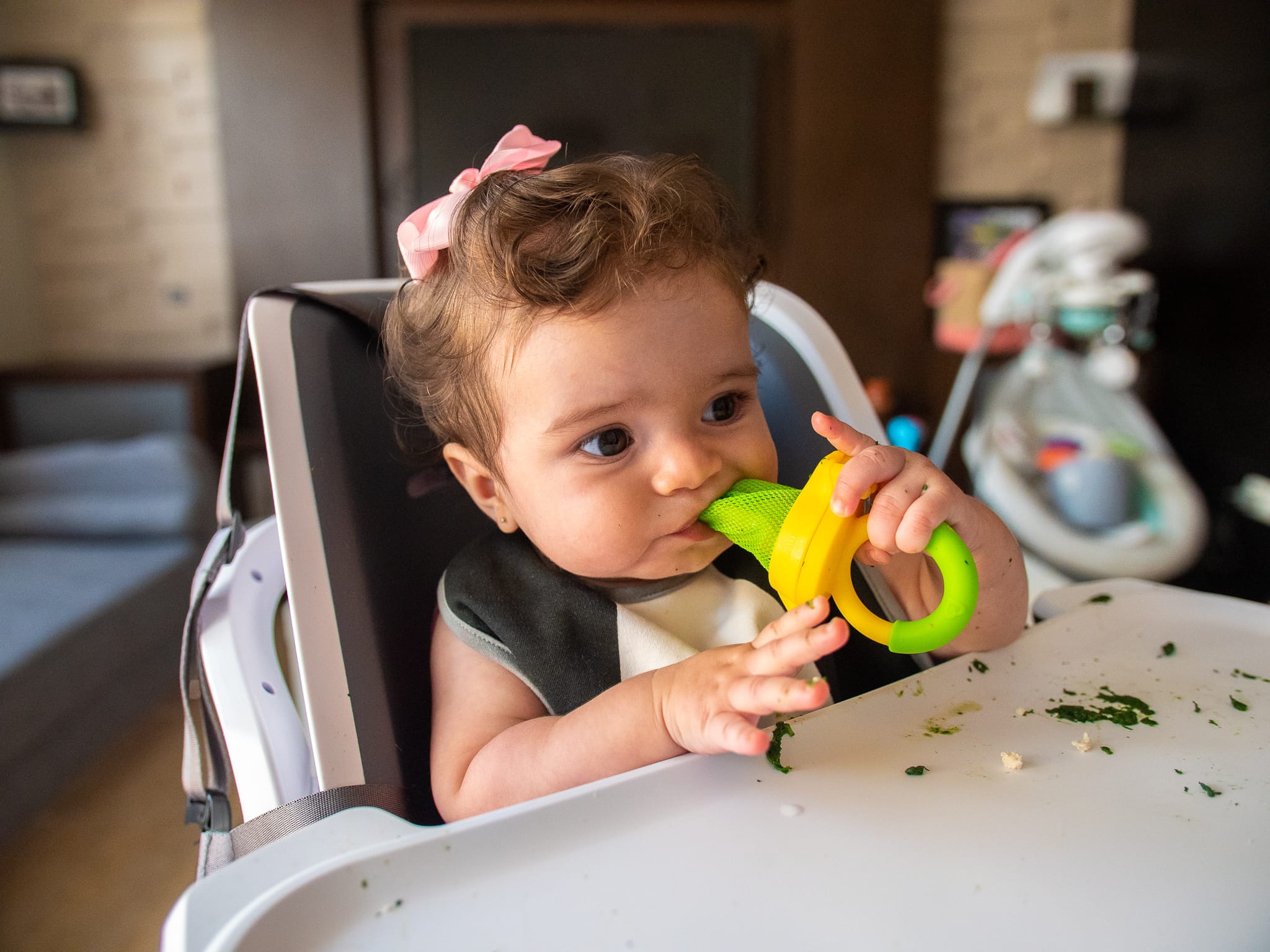

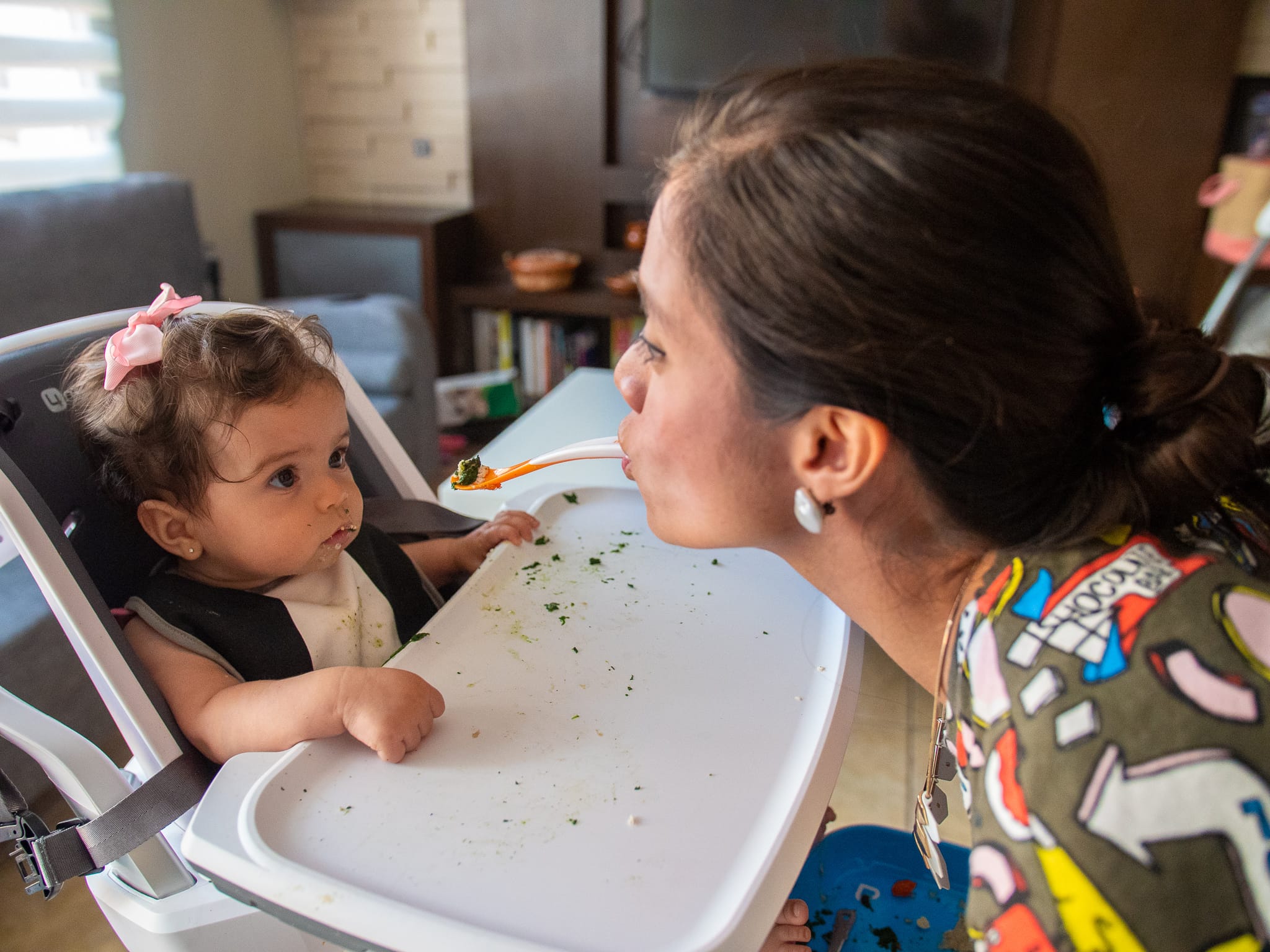
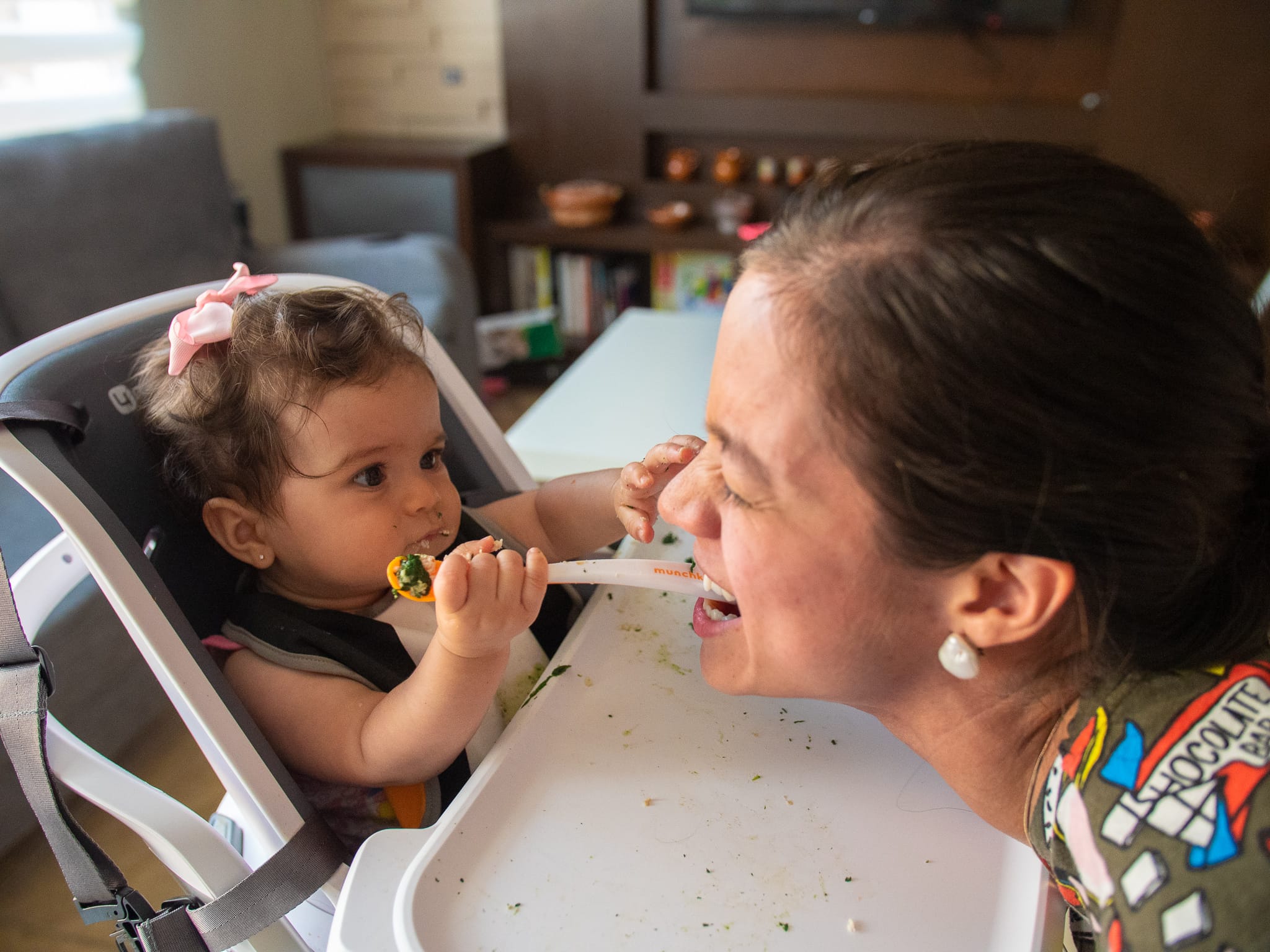

Great story indeed! Appreciating the time and effort you put into your website and in depth information you offer. You’ve really covered up almost all the possible tips that every mom should follow. Worth sharing! Please do continue sharing more updates!
I’m happy to help!